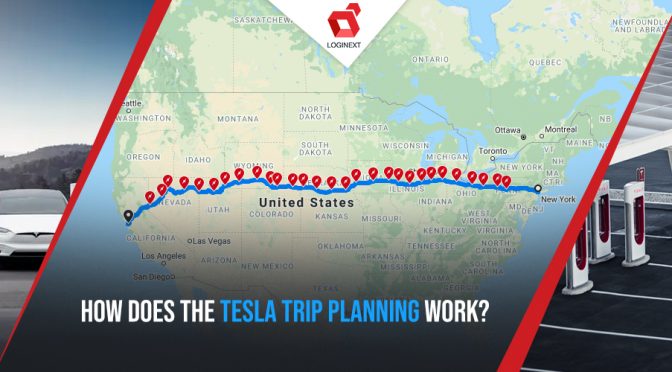
How does the Tesla Trip Planning Work? Whenever we read about EVs or electric vehicles, Tesla is the first thing popping in our minds. Tesla is a mammoth company that revolutionized the automotive industry. Built solely by the visionary Elon Musk, Tesla is one subject no one in the tech industry can avoid. The company’s […]
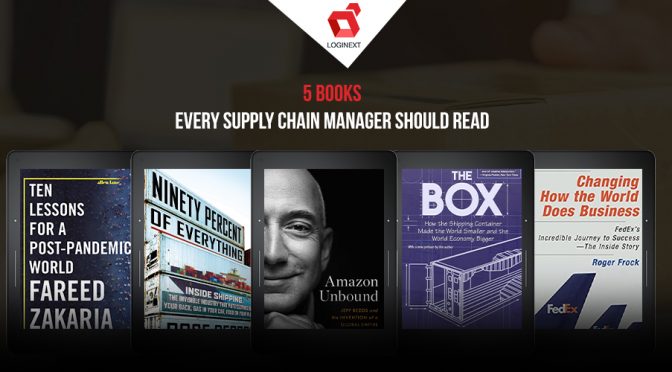
5 Books Every Supply Chain Manager Should Read Technology has made it easy for us to find resources to stay informed and educated. However, sifting through the enormous amount of resources available to us can be overwhelming. While the internet is a good place to read and learn, let’s not discount the power of books […]
What is First-Mile Delivery? And its relevance in a Transportation Management System The process of transferring a product from the manufacturing unit to the final customer is not a single-step action. There are multiple steps involved, which can be classified under three categories: 1) First-Mile Delivery (usually from the origin of product destination to a […]

Top 10 Logistics Technology and Supply Chain Influencers to Follow Social media is an inevitable part of our lives today, and is a useful tool for learning new concepts. Among the many social media platforms which have emerged over the past 10 years, LinkedIn, also called the “professional Instagram”, has evolved a lot. LinkedIn […]
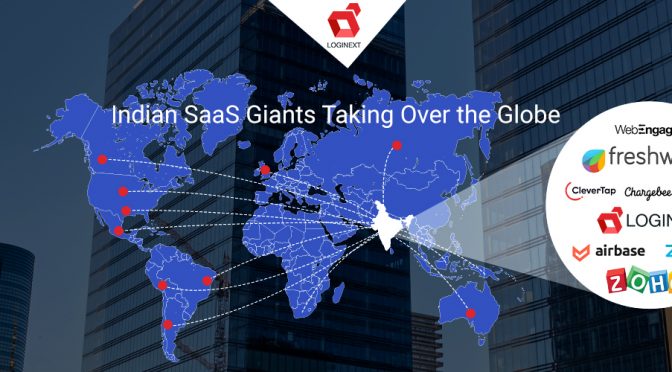
Over 40% of Indian unicorns have been created in 2021 and a lot of these are SaaS companies. I’m super bullish about Indian SaaS companies taking over the global scene in a much larger fashion by 2025-2030. Stay tuned!
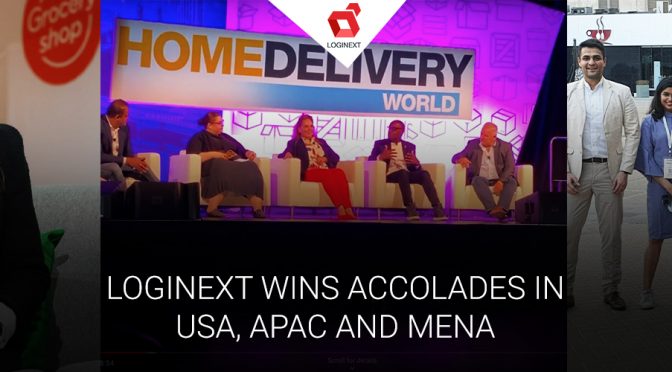
LogiNext’s Transportation Automation Platform which is the best delivery management software out there is trusted by 200+ enterprise brands in 50+ countries and in September 2021, the global technology firm won several accolades in USA, Singpore, Dubai and Australia:
What is Fleet Tracking Software? Brands across the globe and increasing focus on home deliveries with consumer preferences moving quickly towards buying online or coming to store only for pickup. Not just buying online, consumers are also used to flexibility in terms of the ability to return a product, delivery at specified times and also […]
![[Opinion] D2C is great but every brand should not take that route](https://www.loginextsolutions.com/blog/wp-content/uploads/2021/10/D2C-Opinion-Piece-672x372.jpg)
I’d like to say that D2C seems like a very attractive model and a lot of brands are springing up to ride the wave but it is extremely challenging to scale. The unit economics are difficult to work out with the high cost of deliveries and working with multiple carriers without investing into technology that can manage them all seamlessly. The best bet is to stay focused on the product, leverage technology solutions to figure out the best carrier possible, create unique delivery experience with software and leave the on ground final mile delivery to the experts.
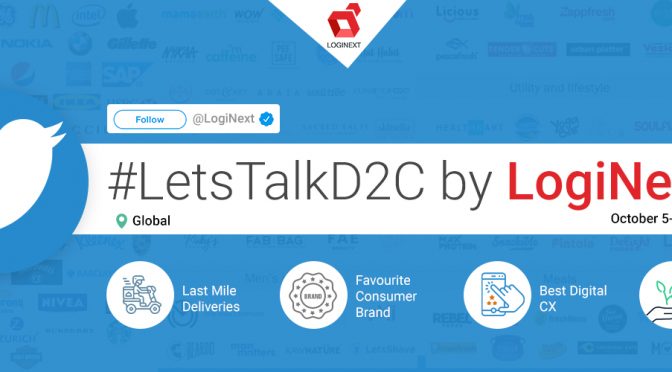
D2C or DTC has been the talk of the town in the recent past. With Warby Parker filing for IPO with valuation talks of $5 billion, D2C brands across the globe have their eyes set on it. At LogiNext, we are in the thick of things with our platform being used by several enterprise brands for their delivery management and with that in mind, we’re announcing the #LetsTalkD2C campaign where we’re initiating a conversation around the importance of customer experience and delivery management when it comes to last mile deliveries by brands.
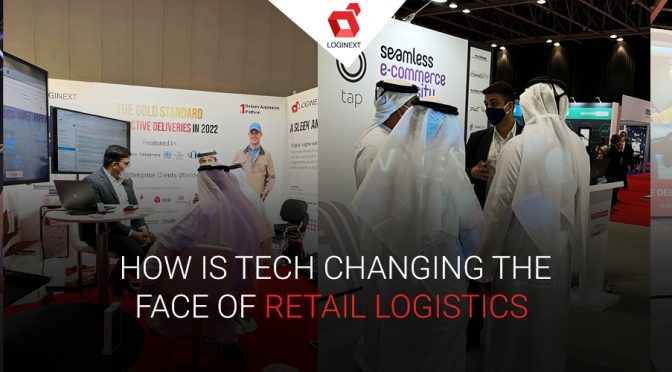
Let’s start with the pun! Seamless is a grand technology conference on Retail, eCommerce and FinTech held in several locations across the globe. At Seamless Dubai 2021, LogiNext VP Dhaval Thanki delivered a talk on the most important eCommerce trend of the current times:

